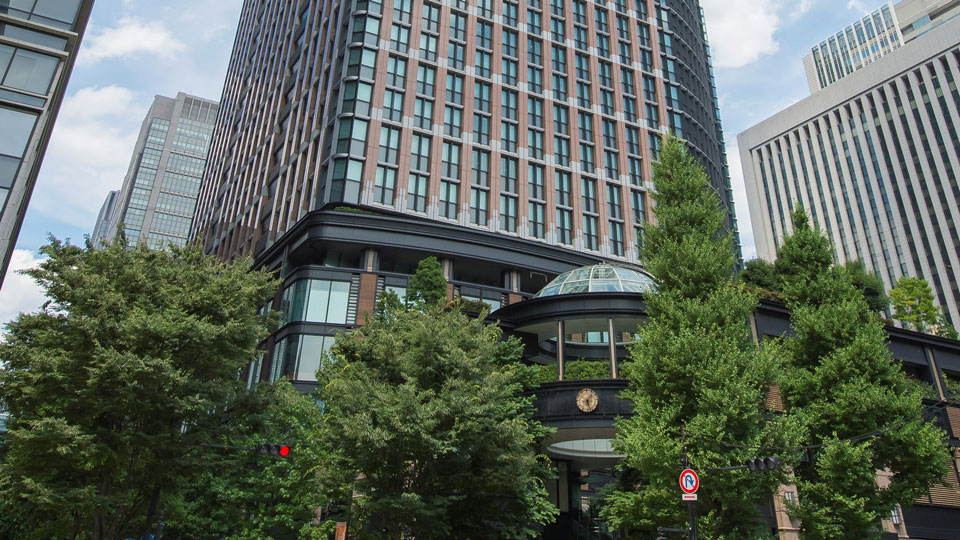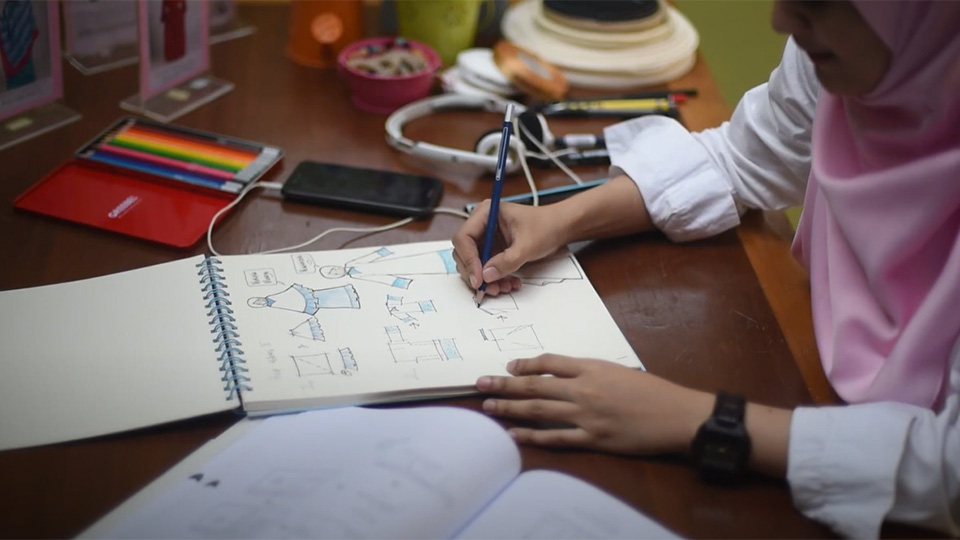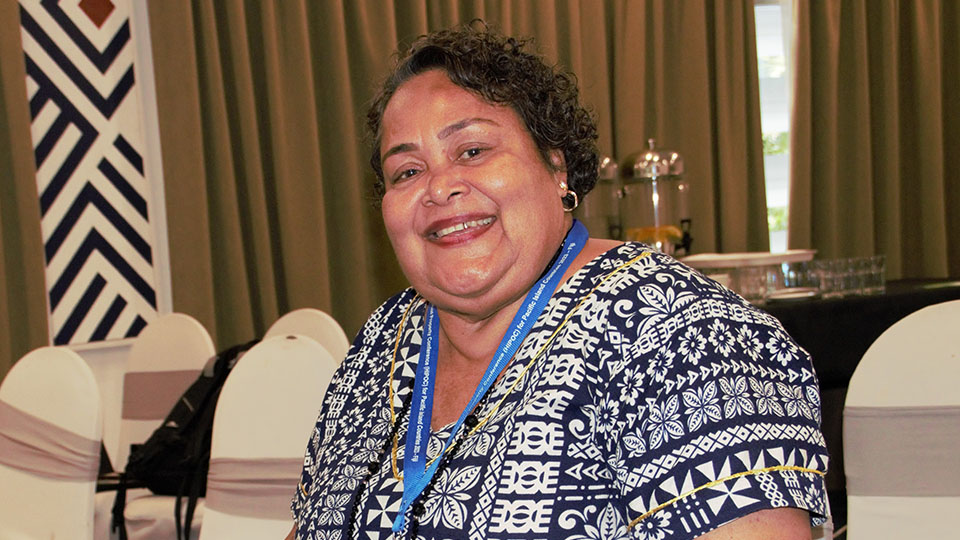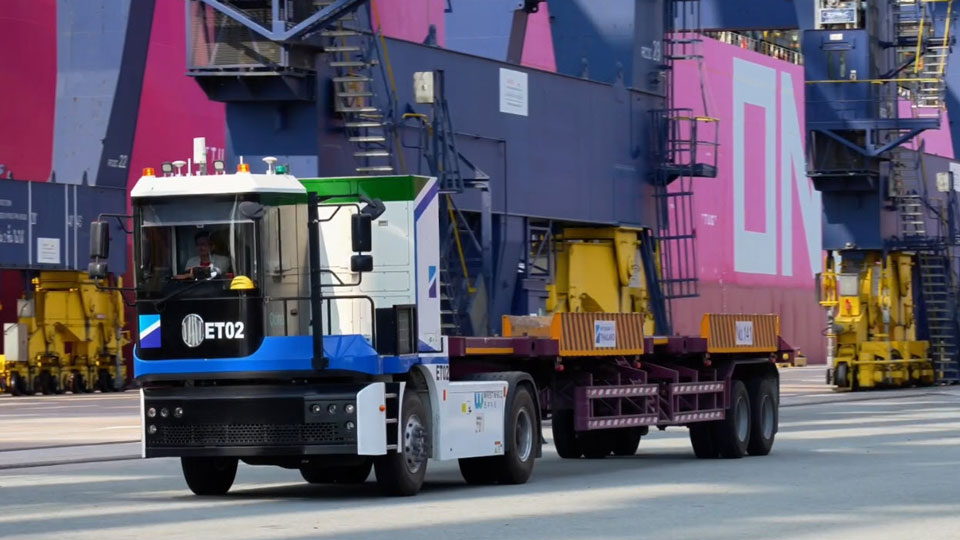Background

largest in the world - stretches over three cordilleras
of the Andes Mountains and 86 microclimates. The
resulting high quality Arabica coffees are harvested
all year round.
Coffee is one of the major industries in Colombia. It is the second biggest coffee producer of the world with approximately 560,000 people employed in the coffee industry. Colombian coffee is exported to many countries in Europe as well as Japan and the United States. Colombian coffee growers have a long history of developing strategies to protect and promote their product.
Although the first commercial production of coffee in Colombia started during the first half of the nineteenth century, it was the creation of the Colombian Coffee Federation (Federación Nacional de Cafeteros de Colombia, FNC) in 1927 that really brought dynamism in the industry and led to the expansion of international markets for Colombian coffee. Since its establishment, the FNC has been successful in managing the farmers and ensuring reasonable benefits for them.
During the late 1950s, the price of Colombian coffee plummeted from US $0.85 to 0.45 per pound due to an excessive supply in the world market. The market was dominated by the coffee roasters, who would blend coffee beans from various unspecified origins in their products in order to give themselves the flexibility that would maximize their profit margins. As a result, public awareness of the origin of coffees was low. Only 4 percent of consumers in the United States, the largest coffee market at the time, were aware that Colombia produced coffee. The federation of growers (FNC) felt this had to change. The FNC realized that the problem could be overcome only if consumers knew where coffee comes from. So Colombia became the first coffee-producing country to embark on an active strategy of differentiating and marketing its product.
Branding
The FNC began by putting a face on Colombian coffee – literally. With the help of a New York-based advertising agency, the FNC created Juan Valdez® – a fictional character wearing a sombrero and leading his mule Conchita – to represent the archetypal Colombian coffee grower. Television commercials shown in North America in the 1960s featured Juan Valdez in the coffee fields with his faithful mule, painstakingly selecting and hand-picking the ripest beans. Consumers began to respond to the message that Colombian beans are grown and harvested with great care, with little help from machines, in ideal climatic conditions with plenty of rain, sun and fertile volcanic soil. Demand grew. Many coffee roasters began marketing their products as Colombian coffee. The creation of the Juan Valdez persona, according to Mr. Luis Fernando Samper, the intellectual property (IP) director of the FNC, has been instrumental in selling Colombian beans around the world.
Certification Mark and Infringement
Having established the reputation of Colombia’s coffee beans and created demand, the next challenge for the FNC was how to let consumers know which brands they saw on shop shelves contained genuine 100 percent Colombian coffee. Registering the term Colombian coffee itself as a trademark was not an option, since the term is a description of a geographical origin. Instead, during the early 1980s, the FNC designed and registered the now familiar Juan Valdez logo. The plan was to license this mark to roasters for use on their own branded products which contained exclusively Colombian coffee. “We developed a trademark-based ingredient branded strategy,” explained Mr. Samper, “- much like the use of the ‘Intel inside’ sign on computers today.”

Juan Valdez trademark, a
product must consist of
100% Colombian coffee and
meet quality standards
stipulated by the coffee
growers’ federation.
While the principle was sound, this trademark-based approach could not, of course, oblige roasters interested in selling Colombian coffee to license the logo. A number of coffee roasters and marketers proved unwilling to fulfill the conditions of the trademark license agreement that would allow them to use the Juan Valdez ingredient brand alongside their own product brand. So a complementary strategy was devised to capture this segment. Working with the FNC, the Republic of Colombia registered the word “Colombian,” in relation to coffee, as a certification mark in the United States and Canada. As per the requirements of the FNC, all Colombian coffee is 100% washed Arabica. In order to ensure quality, the FNC initiated a farmers’ training program in 1959, which it still continues. A team of about 1000 coffee specialists and technicians regularly visit, train and update Colombian coffee growers on various issues relating to quality maintenance and latest technologies in coffee growing. The formal standards attached to these certification marks now provide a guarantee that the actors in the market place would meet minimum quality standards when selling Colombian coffee, thereby protecting its hard-earned reputation.
By 2004, surveys conducted by KRC Research, a Washington-based market research institute, showed that consumer awareness of Colombia as a coffee growing country had climbed to 91 percent or more in key markets such as Canada, the United States and Spain, and had reached very high levels in other major consumer markets. As far afield as China, awareness had risen to 72 percent. Yet the certification mark route was not proving an easy ride. The FNC found enforcing their certification marks in North America difficult and expensive, and their lawyers had to make regular presentations to the United States Patent and Trademark Office (USPTO) so as to prevent registrations of trademarks containing the word Colombian which would give brand owners the right to sell products containing little or no Colombian coffee. “We had to oppose a substantial number of trademark applications,” explained Mr. Samper, “and make sure that coffee marketed as Colombian was indeed 100 percent Colombian. Not an easy job! Each test could cost us US$ 500 to carry out, and complementary chemical tests to analyze the composition of the coffee were even more expensive. We ended up investing in the technologies to perform the tests ourselves.”
Moreover, neither trademarks nor certification marks necessarily protected against the use of the words Colombian blend or Colombian type. “After living this situation for some years,” said Mr. Samper, “we needed another alternative to help us defend and protect the Colombian origin.”
Geographical Indications
The way forward, the FNC concluded, lay in the use of geographical indications (GIs). Colombia already had in place the same legislations for the protection of GIs, and in December 2004 the FNC presented the Colombian government with an application to recognize “Café de Colombia” as a GI. Within three months it was ratified. In 2005, the FNC broke new ground by applying to protect Café de Colombia as a Protected Geographical Indication under the European Union (EU) system - the first time this had ever been done for a product from a country outside the EU following the opening of the EU system for non-European GI products. After some ups and downs along the way, the EU procedure concluded successfully. When the two-year period of opposition expired, the formal recognition of Café de Colombia as a Protected Geographical Indication under the EU system became official in September 2007. In the United States, however, FNC’s strategy continued to be based on trademarks.
Trademarks and Patent
The FNC owns several trademarks for its products. Its first trademark, “Juan Valdez”, was registered with the USPTO back in 1960, and the word mark for “100% Colombian coffee” was registered in 1969. The letters and stylized form of the name “Juan Valdez” is internationally protected through the Madrid system, and registered in many countries including the European countries and United States. Other trademarks registered with the USPTO include, among others, Buendia, Variedad Castillo and Juan O’Clock. Many of these as well as other marks are registered in the European countries.
The FNC applied for a patent for an invention related to a protein from coffee berry borer (a small beetle) with the USPTO; a PCT application for the same invention has also been filed and FNC entered into the regional phase at the European Patent Office (EPO) and national phase in Japan.
Research and Development
A unique feature of the FNC is that unlike most other growers’ associations, it has a strong focus on coffee research and development (R&D). The National Coffee Research Centre (Cenicafé), established in 1938, is the scientific research branch of the FNC. As one of the leading coffee research centers of the world, Cenicafé’s research contributes to the improvement of coffee production and the development of high quality Colombian coffees, and the subsequent premium price that these coffees draw from international markets. Cenicafé developed an improved variety of coffee with a yield increase from 42 kilograms per hectare in 1960s to 84 kilograms in the 1990s. FNC’s research wing has also developed technologies relating to coffee rust resistance, pest control and pollution-free coffee processing.
Partnerships
The FNC enjoys a strong reputation, and its credibility gives its the ability to create alliances and partnerships with different organizations relating to the coffee industry. These partnerships help the FNC to finance development, environmental, social, and economic programs for the welfare of Colombian coffee growers. The FNC partners with the government of Colombia for a number of development projects targeting coffee growing communities. Similar cooperation is also maintained with external organizations; for example, the FNC collaborated with the United States Agency for International Development (USAID) for certification processes of Colombian specialty coffees of small producers.
Business Results
The FNC has made remarkable contributions to Colombian coffee, its growers as well as to the country itself. Fundamentally an organization of small farmers, the FNC is an example of how farmers can work together to benefit their industry. Through its innovative strategies, ranging from branding to certification marks to GI, the FNC has established Colombian coffee as one of the worlds’ best, which increased the country’s coffee exports on the one hand, and the returns to the growers and traders on the other. In the international arena, “Juan Valdez” has been a huge success over the last several decades, creating a clear, global brand identity for Colombian coffee. Every single kilogram of Juan Valdez coffee has been sold, ever since its inception, at a 20 percent higher price than coffees from other countries. Subsequent brands such as freeze-dried Buencafé have also proved to be very successful. In 2009, Colombia produced more than 9.6 million 60-kilogram bags of coffee. Most of the coffee is exported to other countries.
Success Based on Strategic Use of IP Protection
One of the most important factors leading to the success of the FNC and Colombian coffee is the careful and strategic use of IP protection for relevant products. The FNC realized the importance of branding for differentiating and adding value to the product as early as the 1950s, and went through several steps from certification marks to trademarks and GIs. Since GIs are intrinsically linked to attributes and quality standards related to origin, the FNC underscores the use of GI protection for the Colombian coffee industry.



